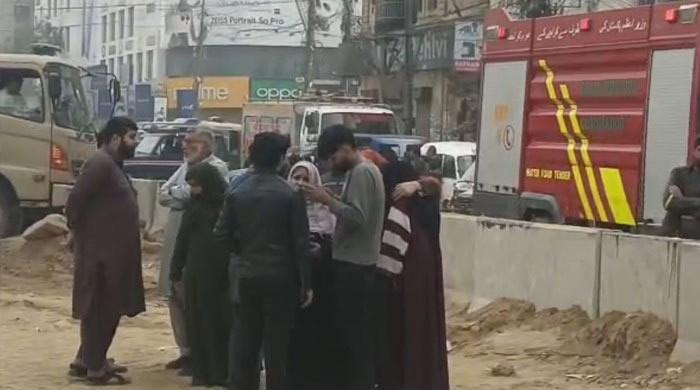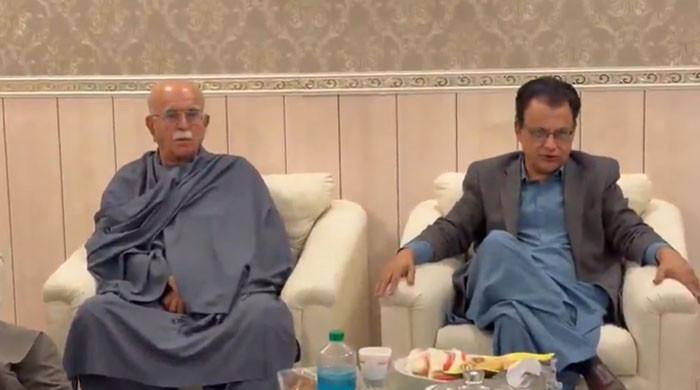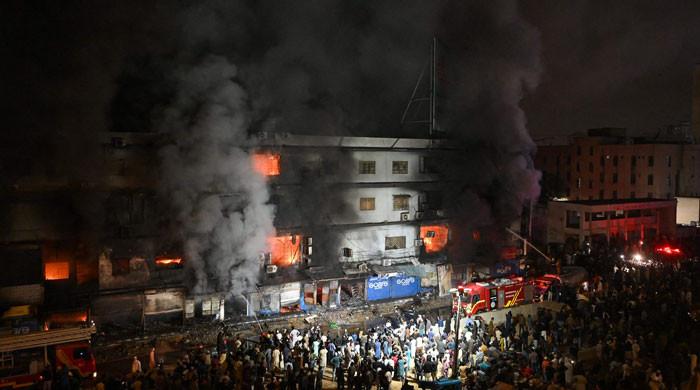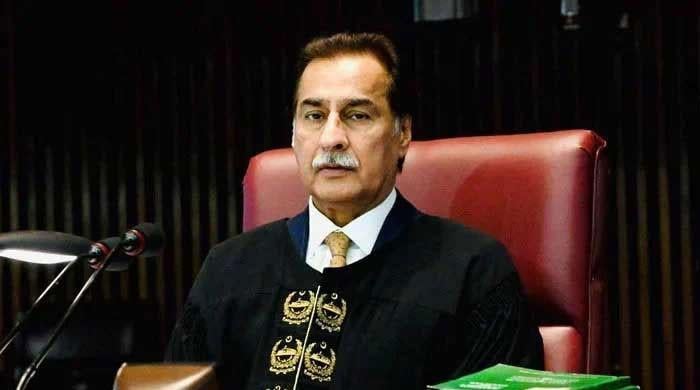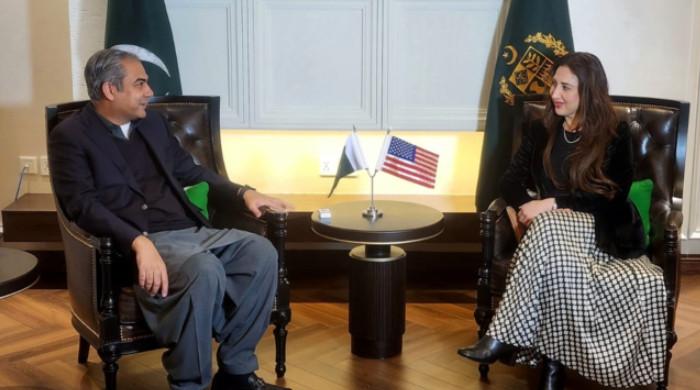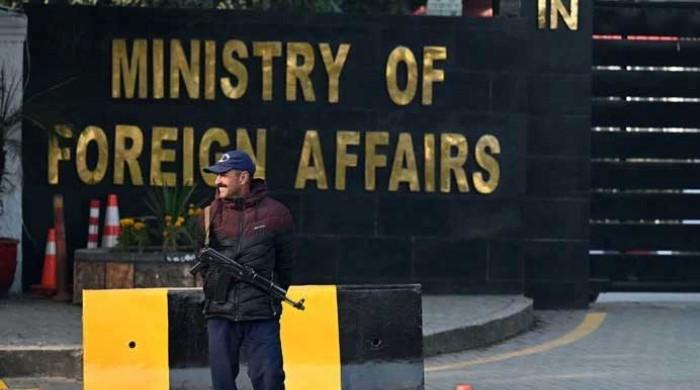Could the March polls flip the Senate in favor of PTI?
Senate elections are scheduled in March 2020
September 30, 2020
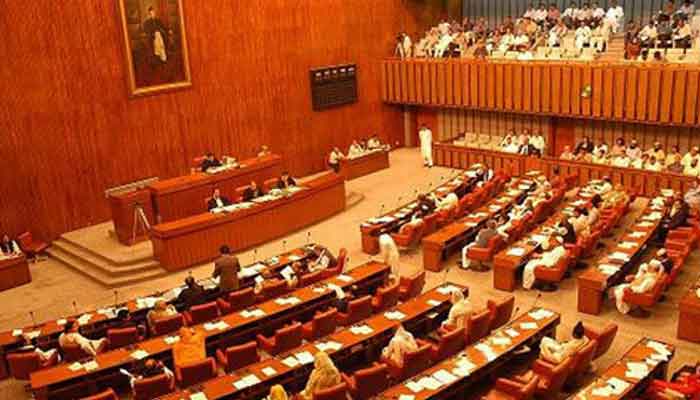
In March, half of the Senate will be up for reelection, and it seems that the ruling PTI may be in the best position to grab power in the upper house of the parliament.
Polls in the 104-strong Senate are held every three years, while a Senator has a six year term in office.
In the last Senate election, held prior to the 2018 national polls, the Pakistan Muslim League-Nawaz (PML-N), swept the house. But could it do it again?
Now, the PML-N’s rival, the Pakistan Tehreek-e-Insaf (PTI), is in power, which means that it is poised to take over the house after emerging victorious in the general polls.
So, what could the Senate look like post-March? Here is one scenario:
What’s for the taking?
In March 2021, 52 seats will be up for grabs, including 12 seats from Khyber Pakhtunkhwa and Balochistan, 11 from Punjab and Sindh, four from the newly-merged Federally Administered Tribal Areas and two from Islamabad
Some prominent names who will be bidding farewell to the Senate next year include Shibli Faraz, the federal minister for information and broadcasting, Usman Khan Kakar, Mohsin Aziz, Pervez Rashid, Mushahidullah Khan, Raja Zafar ul Haq, Ayesha Raza Farooq, Sardar Yaqoob Nasir, Raheela Magsi, Kalsoom Parveen, Sherry Rehman, Rehman Malik, Farooq Naek, Saleem Mandiwala, Barrister Muhammad Ali Saif and Abdul Ghafoor Haideri, amongst others.
Who has what now?
Of the 52 senators who will be retiring on March 2021, currently, 17 belong to the Pakistan Muslim League-Nawaz, seven to the Pakistan People’s Party, seven to the Pakistan Tehreek-e-Insaf, five are independent, three to the Balochistan Awami Party, two to the Pashtunkhwa Milli Awami Party, two to the National Party, two to the Jamiat Ulema-e Islam (F), one from Jamaat-e-Islami, one from Awami National Party and one from Balochistan National Party (Mengal)
Can PTI take the house?
Voting in the upper house involves the legislators, which means that only lawmakers can elect Senators.
The Senate polls are held on the basis of a Single Transferable Vote System (STV), a proportional system of voting. On the day of the vote, members of the national and provincial assembly will be given four slips of paper and they will name their candidates on the basis of priority, therefore the first, second and third candidate.
Punjab
Since the Pakistan Tehreek-e-Insaf has a majority in the national assembly and in two provincial assemblies it is likely to pick up seven of the 11 seats up for reelection from Punjab.
While the Pakistan Muslim League-Q could also get one Senate seat, as they have 10 MPAs in the Punjab assembly and are in alliance with the PTI.
Separately, the PML-N could secure three from the province.
Sindh
Of the 11 seats in Sindh, the PPP would likely get eight seats while a PTI and MQM alliance could bag three Senate seats.
Khyber Pakhtunkhwa
The PTI could easily sweep nine seats from the province, while a JUI-F, ANP, PPP and PML-N alliance would get three.
Balochistan
A PTI and BAP pact could land it eight seats, of which two would go to the PTI, while the JUI-F would likely get one, BNP-M one, one for an independent and one could be miscellaneous, therefore anyone can get it.
Erstwhile Federally Administered Tribal Areas
Of the four seats in the Senate, three are likely to go independents while the PTI could get one seat.
Islamabad
Here both the two seats would be won by the PTI.
Final count?
Overall, the PTI can easily secure 22 seats in the house in March, while its allies would get 12 seats.
This would bring its total, including the seats the ruling party and its coalition partners already have in the Senate, to 57 members, which will give it a slim majority in the house of 104.




